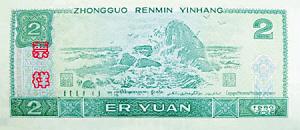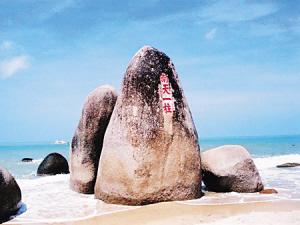| ┤╦Ýô├µ×Ú┤‗Ëí¯A(y¿┤)Ë[Ýô | ▀xô±ÎÍ╠ûú║ |
|
\n';
//┼ðöÓarticleBody╩ÃÀ±╝˦d═Û«à
if(! GetObj("artibody")){
return;
}
article = '
\n'
+ GetObj("artibody").innerHTML;
if(article.indexOf(strAdBegin)!=-1){
str +=article.substr(0,article.indexOf(strAdBegin));
strTmp=article.substr(article.indexOf(strAdEnd)+strAdEnd.length, article.length);
}else{
strTmp=article
}
str +=strTmp
//str=str.replace(/>\r/g,">");
//str=str.replace(/>\n/g,">");
str += '\n ╬─ı┬üÝÈ┤ú║'+window.location.href+'<\/div><\/div>\n';
str += '\n |
| ┤╦Ýô├µ×Ú┤‗Ëí¯A(y¿┤)Ë[Ýô | ▀xô±ÎÍ╠ûú║ |
|

